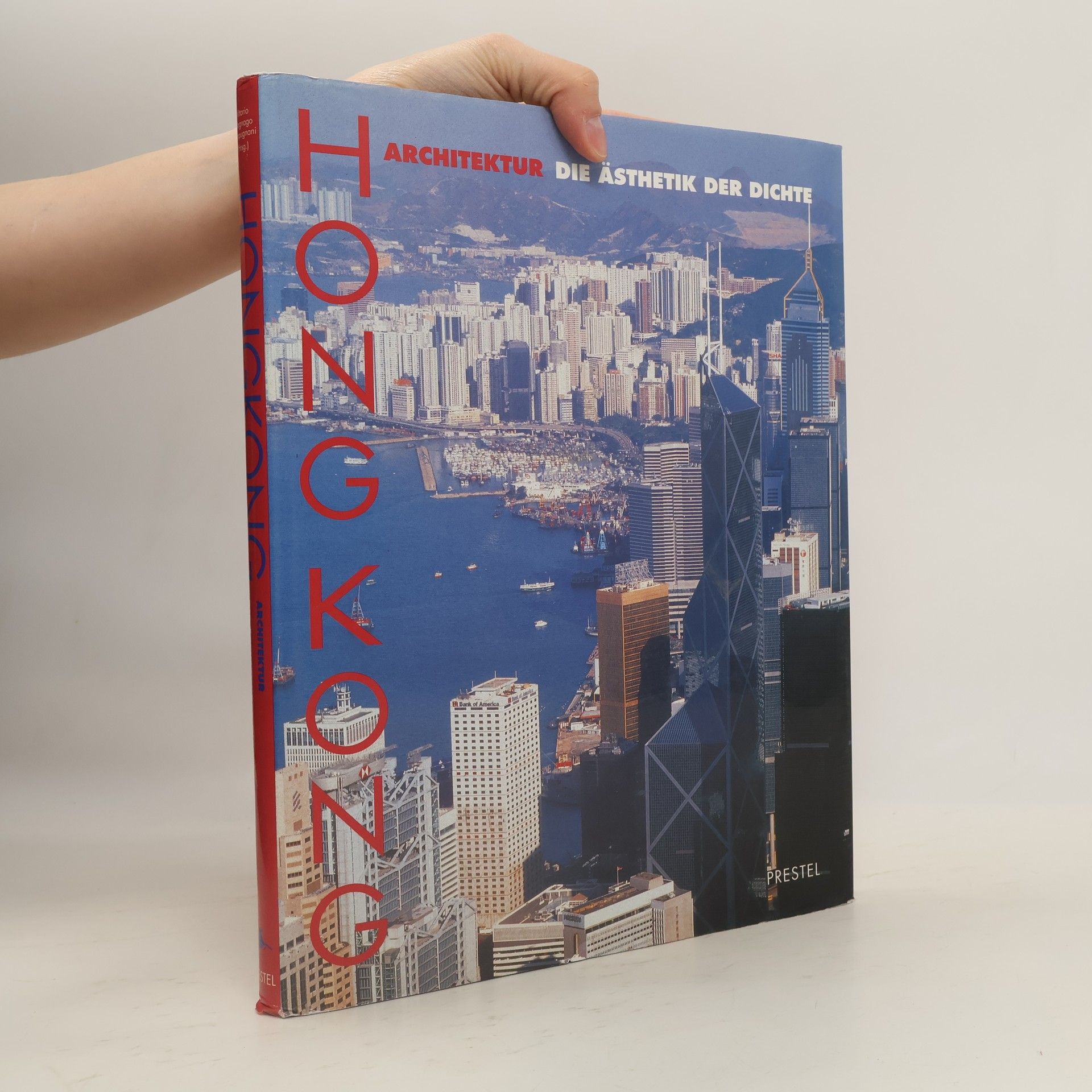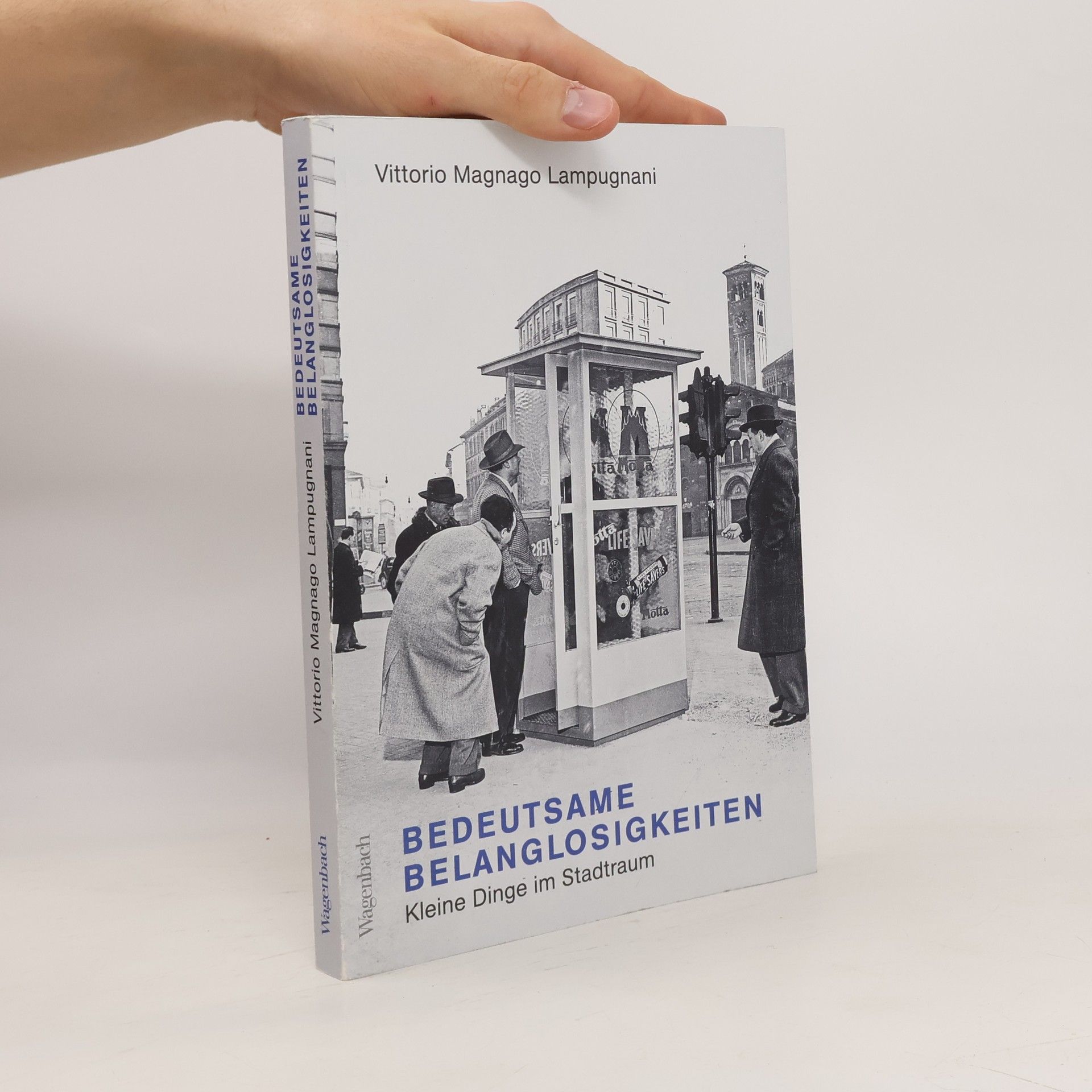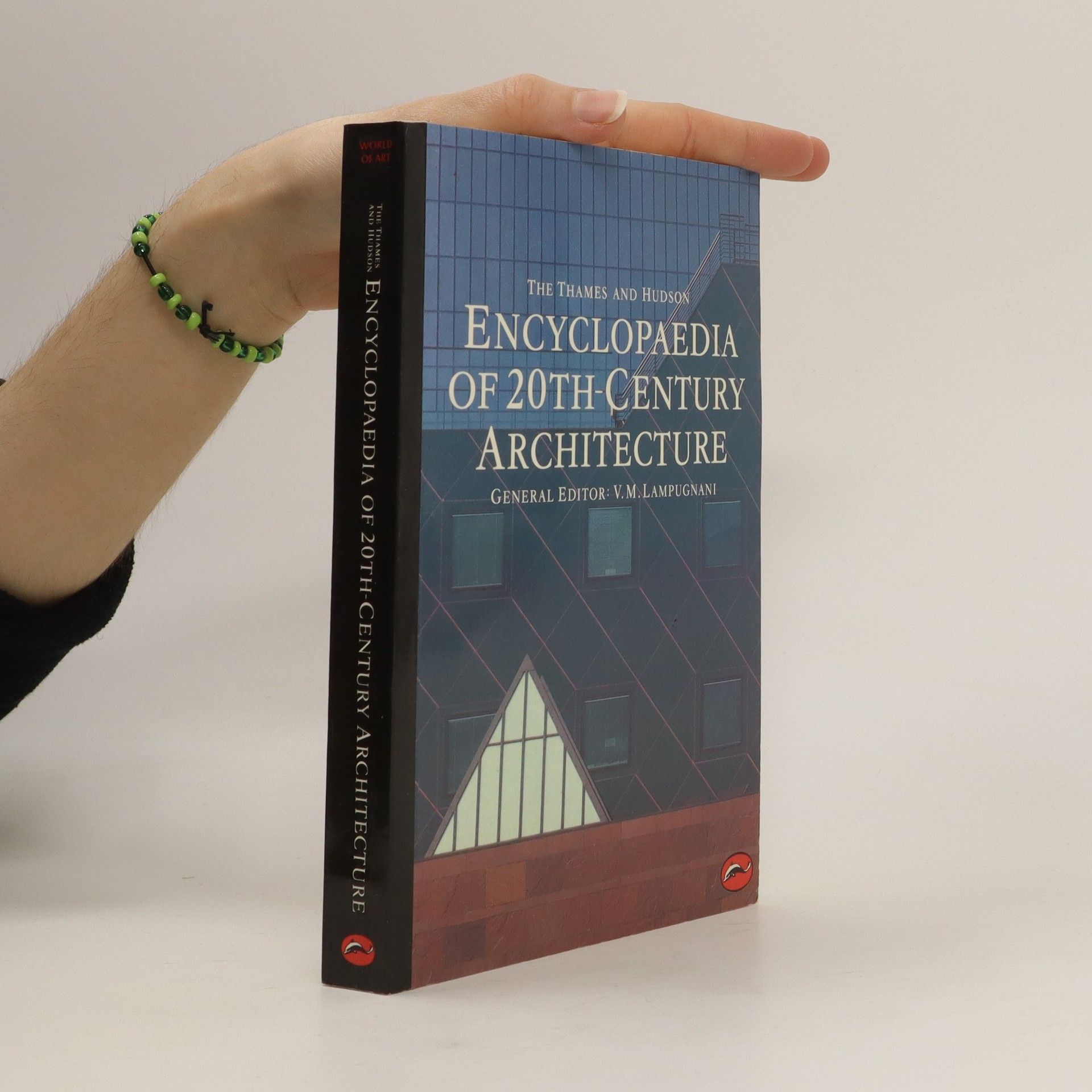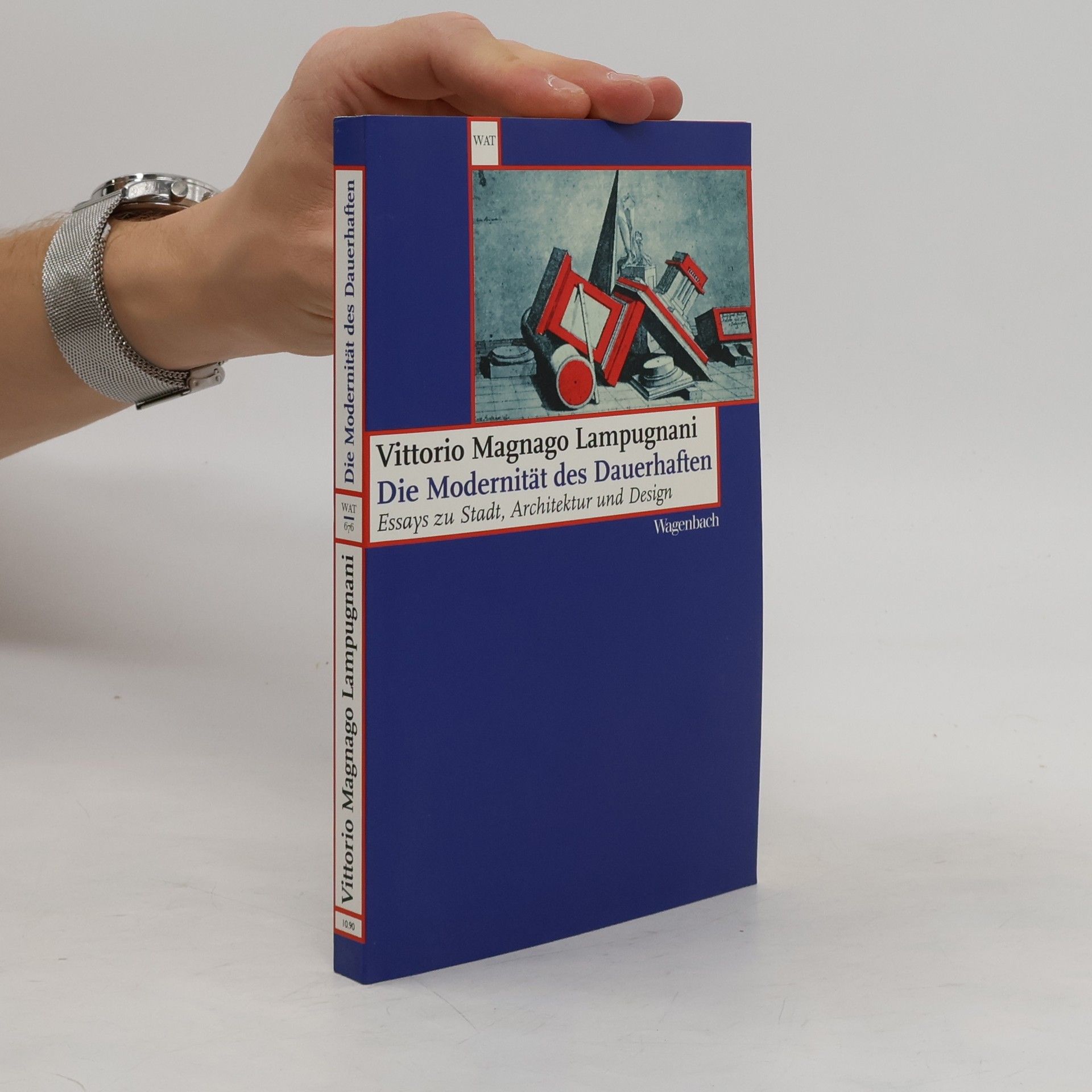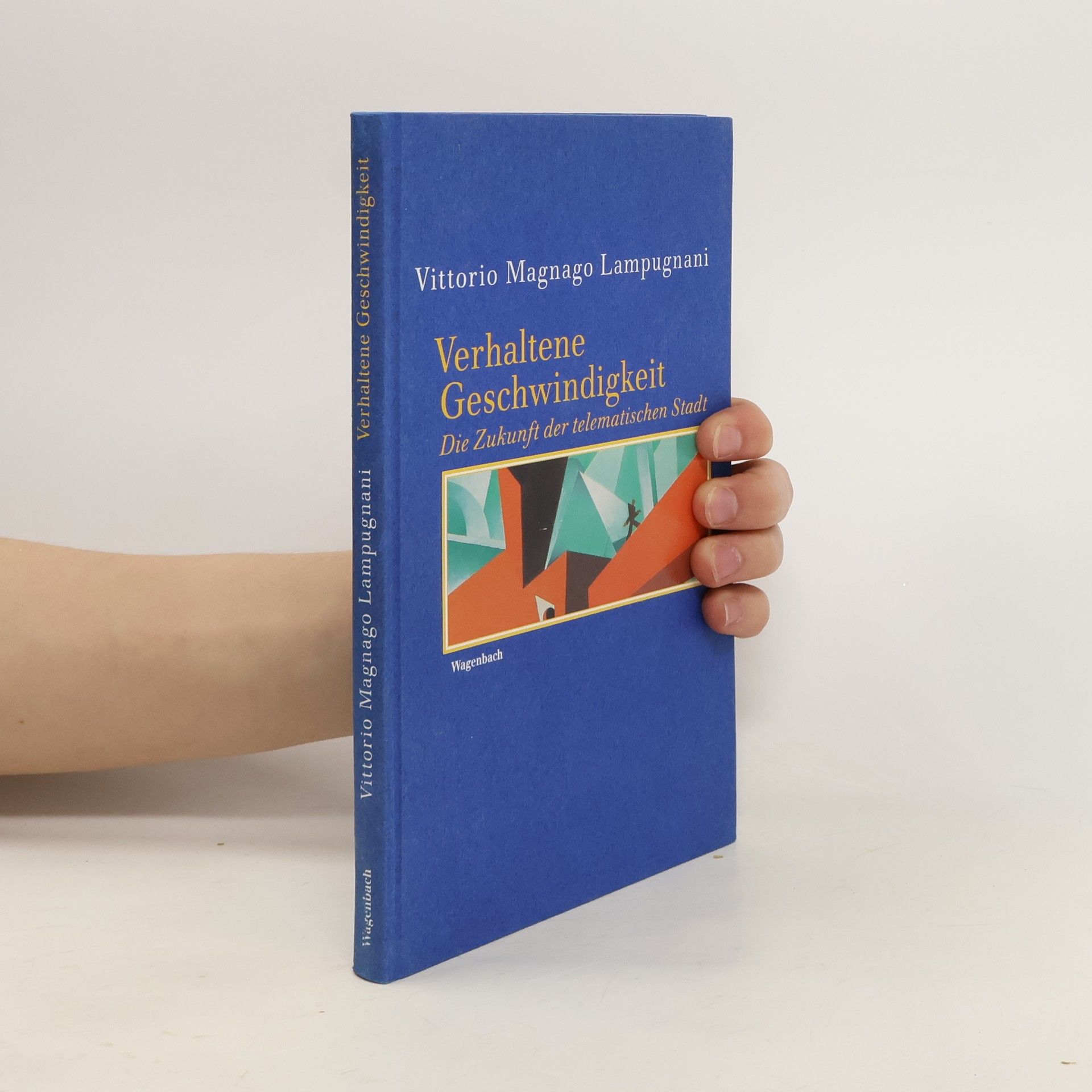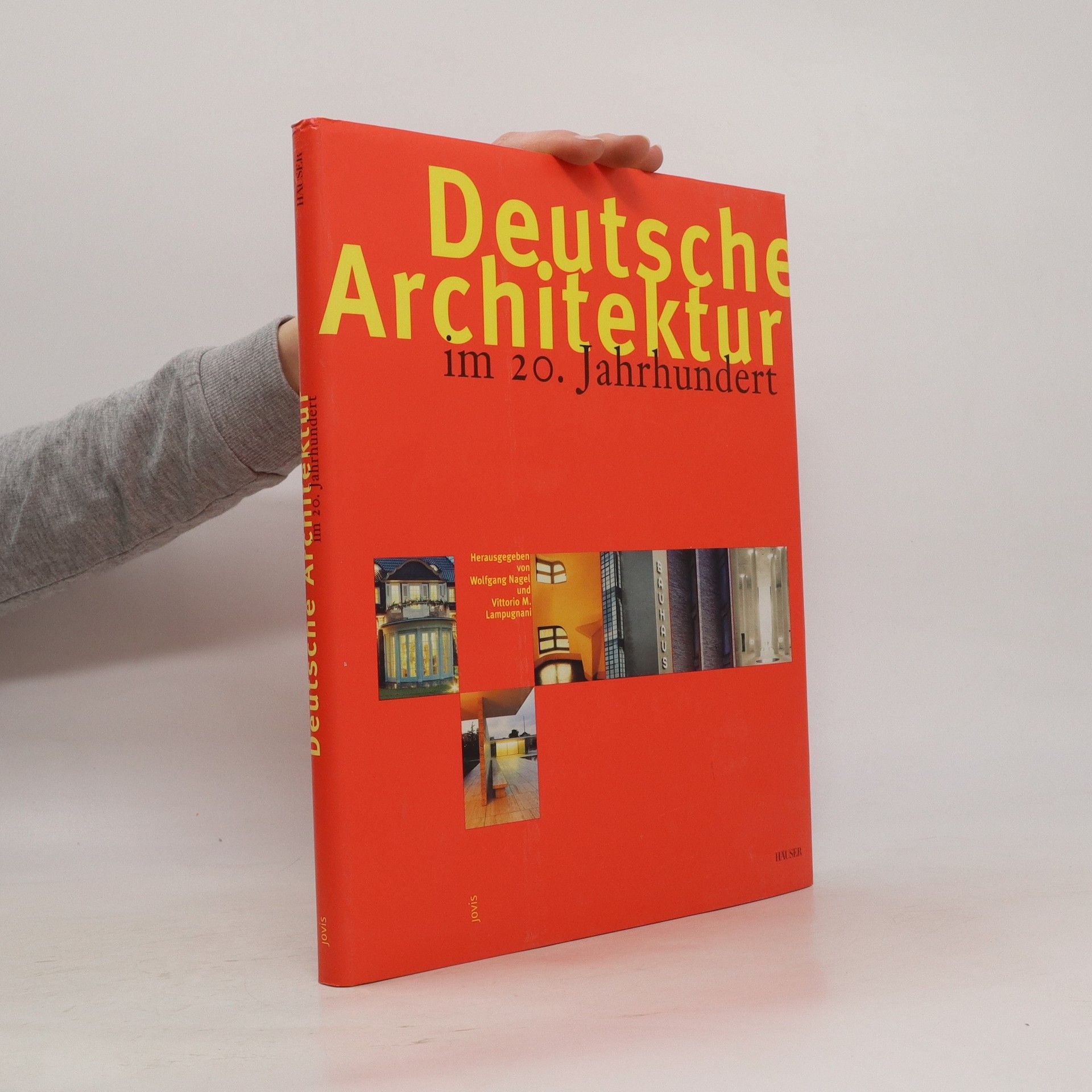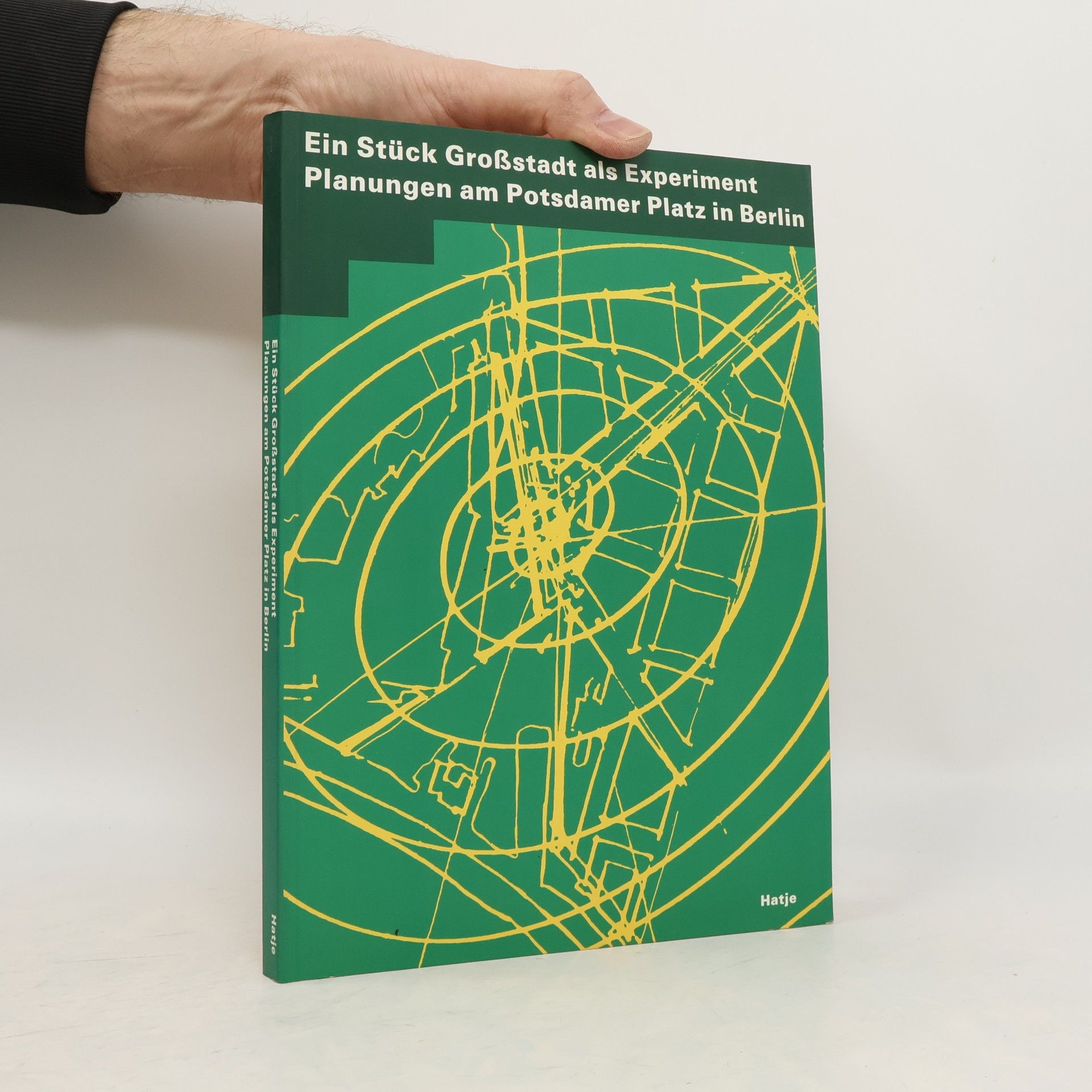Gegen Wegwerfarchitektur
Weniger, dichter, dauerhafter bauen
»Baut dauerhafter, dichter und vor allem weniger!« ruft uns der Architekt und Historiker Vittorio Magnago Lampugnani zu. Nachhaltiges Bauen ist in aller Munde. Die meisten Vorschläge zielen auf kurzatmige Maßnahmen wie die Anbringung von Dämmplatten (von Lampugnani »Vermummungsfundamentalismus« genannt) oder die Ächtung von Beton. Um langfristig nachhaltiges Wohnen in qualitativ hochwertigen Häusern zu schaffen, bedarf es aber weit differenzierterer und umfassenderer Überlegungen. Lampugnani skizziert eine kleine Geschichte des städtebaulichen und architektonischen Konsumismus und baut darauf seine Überlegungen zu einer Kultur substantieller Nachhaltigkeit. Er schreibt an gegen die Auslöschung der Natur durch Zersiedelung und plädiert für eine Strategie der Dichte: Allein die kompakte Stadt kann ökologisch sein. Um den immensen Material- und Energieverbrauch der Bauwirtschaft zu reduzieren, fordert er eine rigorose Kehrtwende: die Abkehr von der Erschließung weiteren Baulands und dem hemmungslosen Verbrauch von Rohstoffen. Nicht abreißen und neu bauen, sondern umbauen, rückbauen, weiterbauen. Je länger ein Gebäude lebt, desto ökologischer ist es.
